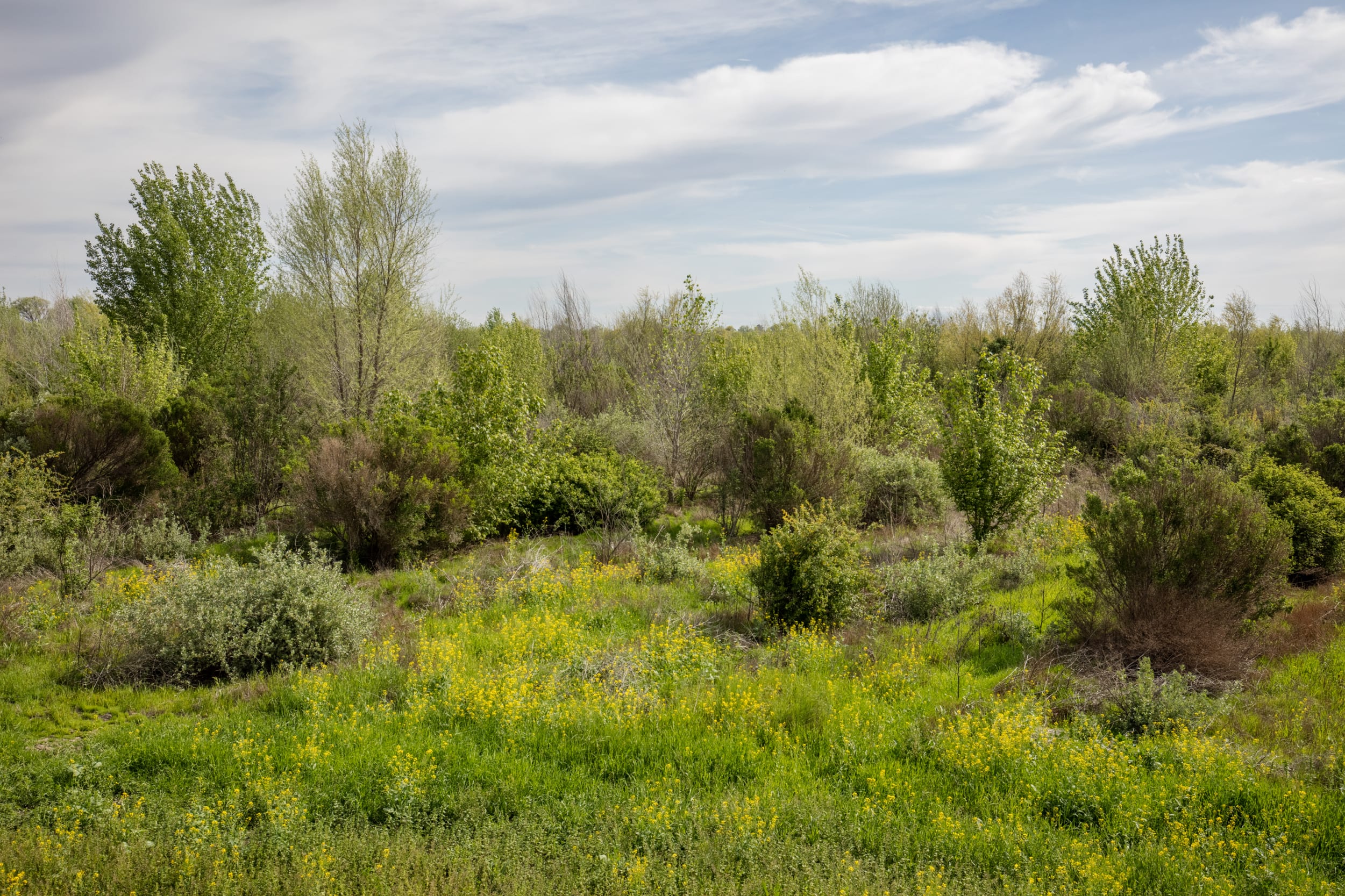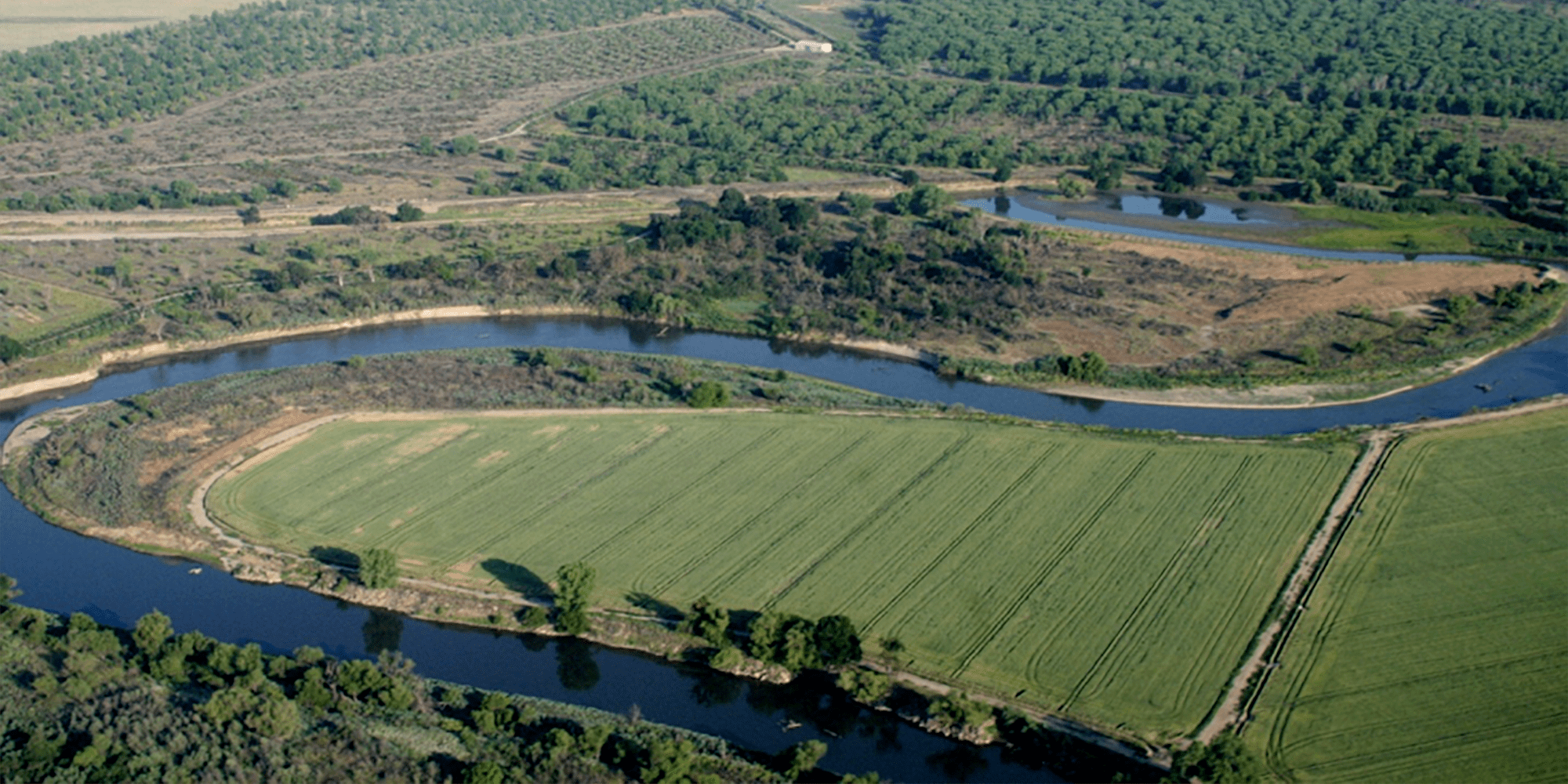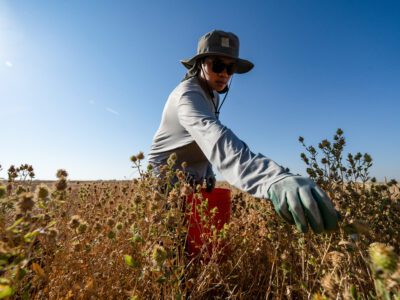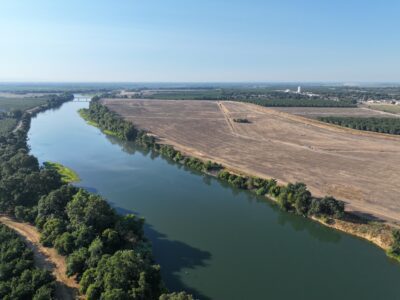In November 2018, the Camp Fire tore through Paradise, CA, transforming River Partners’ hometown of Chico into the center of recovery for fire victims. As the area continued to smolder, the National Climate Assessment delivered a sobering warning about the costs of inaction on human-caused global warming, predicting major impacts to our economy, health and environment.
Eerily, a pulse of new climate studies and articles appeared within weeks of the most destructive wildfire in California’s history. In December, the New York Times published “The Year In Climate Change,” 42 top climate-related stories around the world. Just six of those stories pointed to solutions: River Partners’ floodplain restoration project at Dos Rios Ranch preserve in Modesto was one of them.
The Times also published, “Part of the Answer to Climate Change May Be America’s Trees and Dirt” and pointed to our work at Dos Rios with the California Conservation Corps in the context of a study finding “reforestation has the single largest maximum mitigation potential” to increase carbon storage and avoid greenhouse gas emissions in the United States.

In November, one of our key partners, Point Blue Conservation Science, produced an analysis showing that river forests are essential carbon storehouses, and “Planting trees to actively restore streamside forests can more than double the rate of carbon storage” in riparian areas.
Around the world, communities are searching for solutions to the growing threat of climate change. We’ve been talking about it for decades, and now we are living it: longer droughts, catastrophic floods and landslides, record-breaking fires.
The global and national debate has been largely focused on mitigation – reducing greenhouse gas emissions. But the impacts of climate change are already with us – and will grow over time. As a result, we must also focus on adaptation – reducing the impacts of climate change on our communities.
Fortunately in California, we have been learning how to both mitigate and adapt for decades. When it comes to water and ecosystem health, in important ways California experienced “climate change” more than two generations ago.
By the middle of the 20th century, California’s river systems had been re-engineered to create one of the most productive agricultural areas and population centers in the world. The efficiency with which the Golden State harnessed her water resources meant that our ecosystems experienced a dramatic and profound shift. By the 1950’s, available water, wetland areas, and habitat that had been teeming with wildlife were cut off from their rivers.

With our extensive network of partners, River Partners is restoring river forest corridors to provide storage for surging floodwaters, a sponge for groundwater, a corridor for wildlife migration, and a refuge for climate-threatened species, including humans. We are designing restoration projects not from textbook lessons but from hard-earned experience, and this experience has prepared us to accelerate the pace of our work.
In 2018, River Partners’ biggest planting year to date, we were able to revegetate 2,000 acres of floodplain lands in the Central Valley and Southern California. Some of those acres contributed to the largest contiguous riverside habitat restoration projects in California: the San Joaquin River National Wildlife Refuge in Modesto clocks in at 5,000 acres (with 12 river miles), and the historic Hamilton City Multi-Benefit Flood Management project near Chico comprises more than 1,500 acres of Sacramento River floodplain.
These projects provide a foundation here in California to balance the needs of our economies, communities and ecosystems. With our running start, and with an expanding network of partners, we are setting our sights on regenerating thousands more acres, and empowering many more watersheds to recover their rivers’ ecological resilience.




